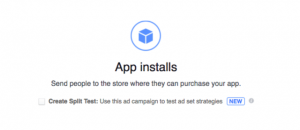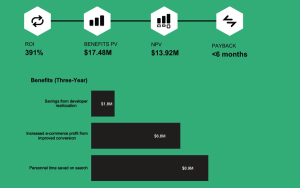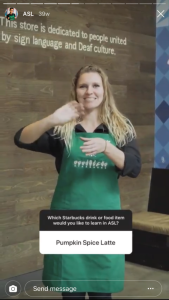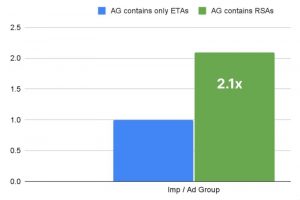You’re Missing 40% Of Your Audience. Here Are The Consequences
Since January, the advertising industry has been consumed with what a future without third-party cookies entails. But here’s the thing: Cookies are already half broken — and have been for a while.
Apple began restricting third-party cookies on Safari in 2014, with Firefox following suit in 2019. Today, both browsers are considered cookieless environments and represent 40% of all US web traffic combined. Here’s what that means for your advertising efforts today — and in 2022.
Safari’s High-Value Audience Is Lost to Brands
Safari (iOS) represents about 55% of mobile traffic, compared to 39% on Chrome (Android). Its cookieless nature has chipped away at campaign effectiveness in iOS for years, but few marketers have course corrected.
As a result, most brands’ high-profile advertising efforts are completely missing this lucrative, high-value audience. iOS users tend to be a more affluent demographic and typically have higher incomes, spend more time in apps, engage more deeply and are more likely to be early adopters than their Android counterparts.
Given the iOS audience size and its spending power, coupled with the current inability of cookie-based tactics to capture this audience, many brands’ campaigns already contain a gaping (albeit often unacknowledged) hole.
Niche Targeting Has Steadily Evaporated
As the industry continues to grapple with uncertainty, brands are prioritizing spend efficiency in their 2020 plans. For many, that means increased granularity in targeting efforts — but unfortunately, brands leveraging niche targeting might be missing their mark.
Niche targeting relies heavily on third-party cookies. In cookieless environments, the ability to create hyper-specific audience segments disappears, as does the ability to utilize modern day marketing staples like frequency capping, attribution and standard campaign measurement metrics.
In a time when reducing waste is top of mind, brands can’t afford data targeting efforts that fail to reach their audience or be accurately measured. Instead, brands looking to optimize spend while decreasing costs would be wise to consider cookieless targeting alternatives that provide greater transparency and impact.
Reclaiming Your Audience
While third-party cookies won’t completely disappear until 2022, it’s clear they’re currently functioning at half-capacity. To solve today’s short-term problems and create long-term solutions, marketers should pursue viable cookie alternatives like contextual targeting, ecosystem-wide solutions like LiveRamp IdentityLink and cookieless targeting capabilities.
- Contextual Targeting: Contextual targeting isn’t new, but it’s highly effective in cookieless environments. Contextual targeting, or when advertisements are served in or near content similar in substance, is an easy way to reach consumers when they’re actively looking to engage with content on a particular subject. Leveraging this tried and true targeting solution ensures your brand messaging is always placed in highly relevant environments without reliance on third-party cookies.
- Ecosystem-wide solutions: Solutions like LiveRamp IdentityLink, which associates anonymous device and consumer IDs from various sources into a single person-based identifier, provide marketers with a viable alternative to third-party cookies for segmentation, targeting and measurement. By combining data from publishers, platforms and data providers, solutions like IdentityLink create a holistic view of consumer behavior in cookieless environments without dependence on walled gardens.
- Cookieless Targeting: Truly cookieless targeting is still on the horizon – but it’s the solution that comes closest to replacing what the industry is losing. Marketers should consider partnering with ad tech providers working on cookieless solutions to set themselves up for easy early adoption and future-proofing revenue as we approach 2022.
It’s time to move on from an overreliance on the broken cookie system. As we approach 2022, brands that proactively adapt now while prioritizing the preservation of consumer privacy are the ones who will come out on top.
(50)







